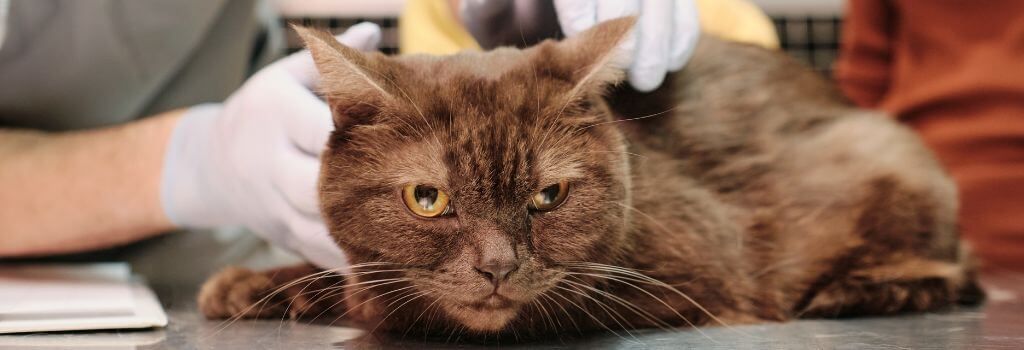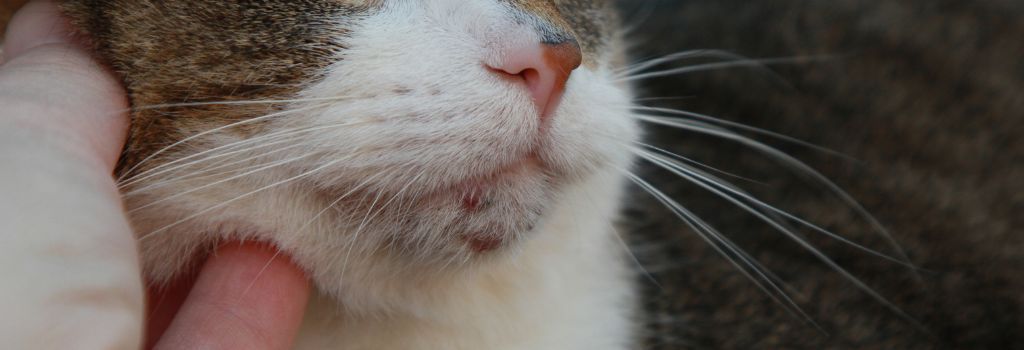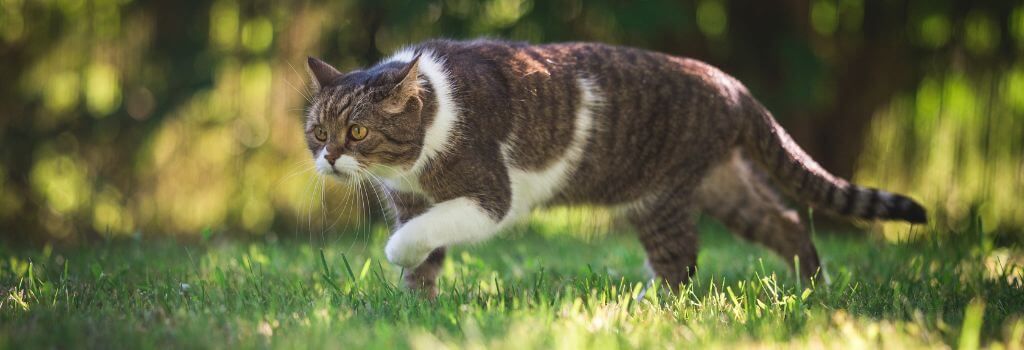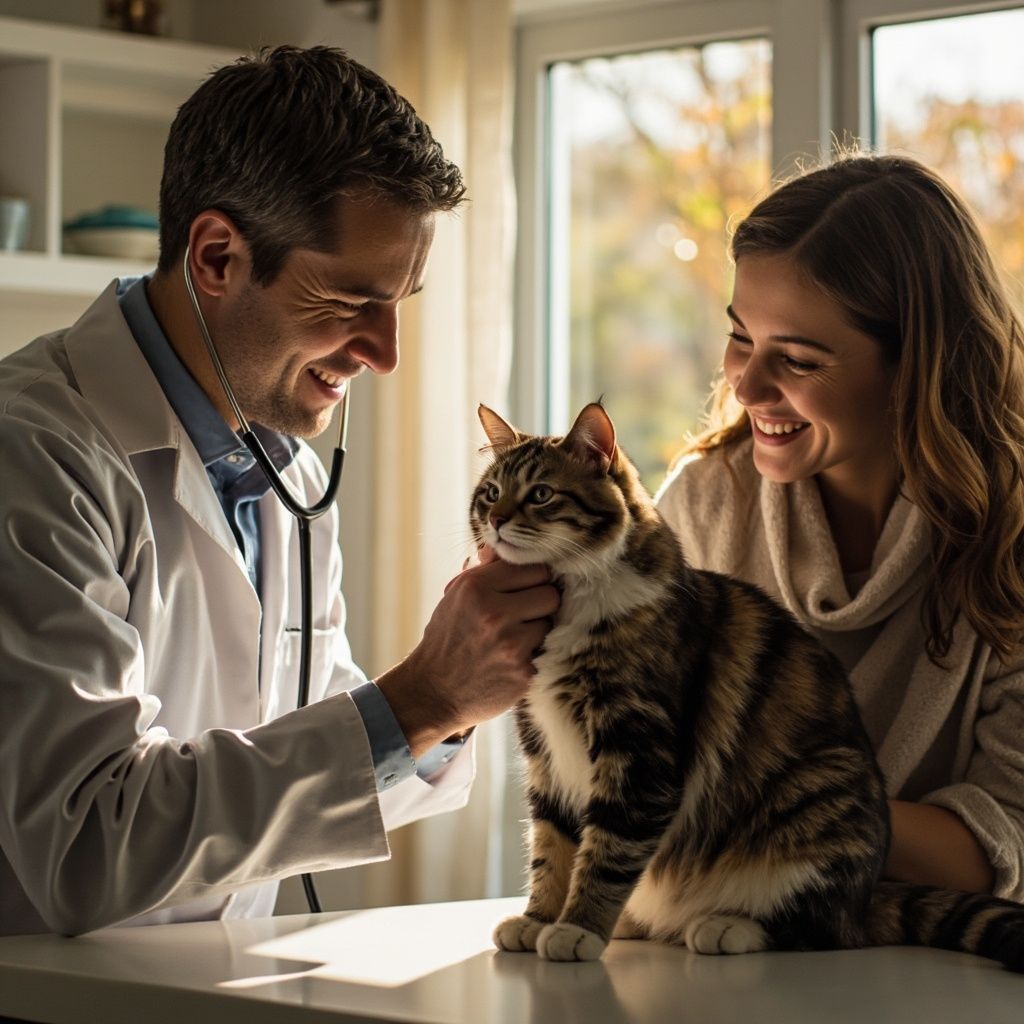Bird Flu and Cats: What Every Pet Owner Needs to Know
Bird flu, also known as avian influenza, has been making headlines due to its impact on wild birds, poultry, and even mammals. While it’s typically associated with birds, recent cases have raised concerns about its potential effects on our pets. Particularly cats. This evolving situation has left many pet owners wondering: Is my cat at risk?
While the likelihood of your cat contracting bird flu is low, it’s not impossible. Cats can become infected through contact with infected birds, contaminated environments, or even raw poultry. In some cases, infections in cats have been severe. That’s why it’s important to understand the virus and know how to protect our pets.
Join us as we discuss everything you need to know about bird flu and cats.
What Is Bird Flu and Why Should Pet Owners Care?
Let’s start with the basics… what actually is the bird flu? Much like the seasonal flu we are familiar with, bird flu refers to a group of influenza viruses. These viruses, however, typically target wild birds. Bird flu isn’t new— its first recorded description dates back to 1878 in northern Italy, when it was identified as a highly contagious and deadly disease in poultry, known at the time as “fowl plague.” Fast forward to the mid-20th century, scientists confirmed it was caused by a type A influenza virus, and its potential to impact other species became more apparent.
The current strain, H5N1, has drawn special attention because it spreads more easily than previous strains, increasing its potential impact. While birds are the primary hosts, it doesn’t always stop there. The virus has shown the ability to jump species, affecting mammals, including our feline friends (both big and small cats), and even humans in rare cases.
Understanding how this virus spreads and staying vigilant can make all the difference in keeping our pets safe, healthy, and out of harm’s way.
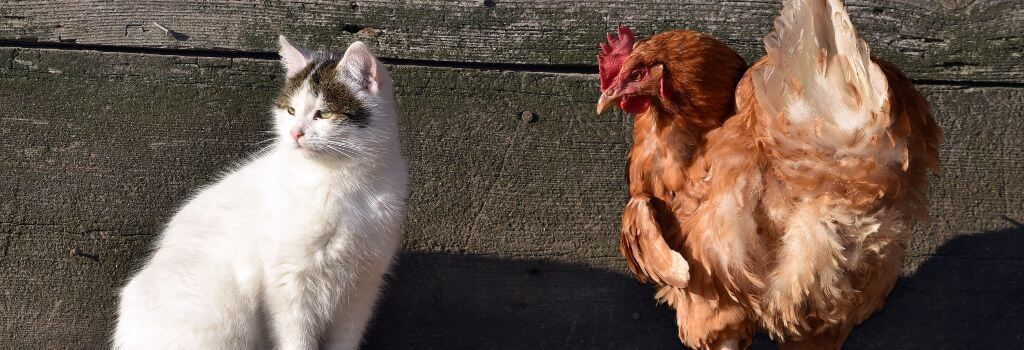
So, Can Cats Really Get Bird Flu?
Yes, while it’s rare, cats can contract bird flu. For our understanding as pet parents, this means that although H5N1 primarily targets birds, it can potentially infect cats under certain conditions. According to the American Veterinary Medical Association (AVMA) , most reported cases in cats occur through contact with infected birds, their droppings, or contaminated environments like places where curious or outdoor cats might explore. Because of this, outdoor cats, in particular, who enjoy exploring or hunting, are at a higher risk of exposure. This makes supervision and preventive measures crucial for reducing the risk.
Although infections in cats are uncommon, bird flu can be severe when it does occur. It may cause significant respiratory distress and, in some cases, can be fatal. Fortunately, the likelihood of a cat transmitting bird flu to humans is extremely low. Even so, it’s always a good idea to take precautions to protect both our pets and ourselves.
How to Protect Your Cat and Yourself from Bird Flu
While the risk of bird flu spreading from cats to humans is extremely low, staying alert and taking preventive steps are important to keep our pets and ourselves safe. As Benjamin Anderson, an infectious disease epidemiologist at the University of Florida, explains , “There’s no need to panic—it’s just about being aware.” If you have concerns about your pet's risk or exposure, make an appointment with your veterinarian to discuss your pet's best preventative care.
7 Easy Steps to Keep Yourself and Your Cat Safe:
- Keep Cats Indoors: Limiting outdoor access minimizes their chances of encountering infected birds, contaminated environments, or rodents. This is especially important if you live near backyard poultry or farms.
- Supervise Outdoor Time: If your cat does go outside, make sure they’re not interacting with wild birds (dead or alive) or scavenging. Close supervision helps prevent risky behaviors.
- Avoid Feeding Raw Meat: Feeding raw or undercooked poultry or game meat can expose pets to the virus. Outbreaks have been linked to contaminated raw pet food, leading to recalls and severe outcomes for cats and dogs. “Freeze dried” raw can still be contaminated as freezing does not kill the virus.
- Reduce Exposure to Wild Birds: Avoid attracting wild birds to your yard, and regularly clean any areas where birds may gather, such as feeders.
- Practice Good Hygiene: Wash your hands frequently, especially after handling your pet or cleaning their living spaces. Keeping your cat’s environment clean helps remove potential contaminants. Leave your shoes at the door!
- Watch for Signs of Illness: Bird flu in pets can cause respiratory symptoms or mimic neurological conditions like rabies. Causing behaviors like circling or acting strangely. If you notice any unusual symptoms, contact your veterinarian immediately.
- Stay Informed: Keep an eye on local outbreaks of bird flu and follow advice from your veterinarian. Awareness is the best preventative.
Taking these steps can go a long way in keeping your cat healthy and reducing any risks to your home and community!
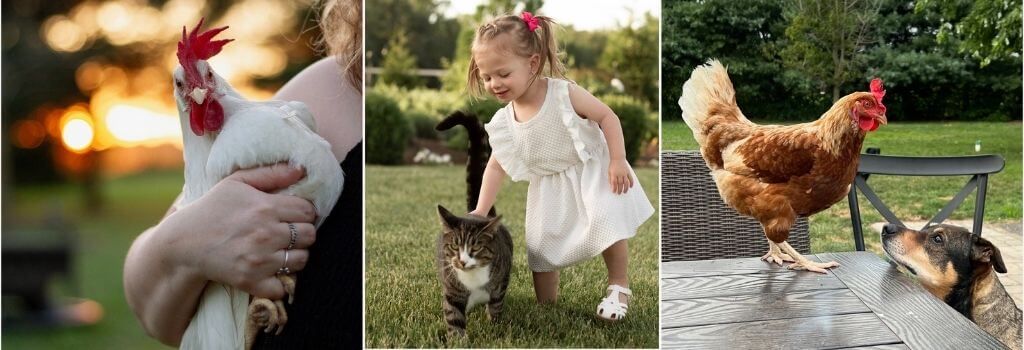
Recognizing the Signs of Bird Flu in Cats
If your cat contracts bird flu, the symptoms can vary but are often serious. Knowing what to look for is crucial so you can act quickly and seek veterinary care.
Common signs of bird flu in cats include:
- Respiratory Distress: Difficulty breathing or persistent coughing.
- Neurological Signs: Unusual behaviors such as ataxia (loss of coordination), circling, tremors, seizures, or even sudden blindness.
- Lethargy and Weakness: A noticeable lack of energy or not doing normal activities.
- Fever : Elevated body temperature, which may make your cat seem more sluggish or uncomfortable.
- Vomiting or Diarrhea: Gastrointestinal upset that is unusual for your cat.
- Loss of Appetite:
A refusal to eat or drink, which can lead to dehydration and further complications.
- Remember, cats are not like dogs and can not go days without eating.
Contact your veterinarian immediately if your cat displays any of these symptoms, especially if they’ve been near wild birds or a potentially contaminated environment. Early diagnosis and treatment are critical to improving your cat’s chances of recovery. Acting quickly can make all the difference for your pet.
What to Do If You Suspect Your Cat Has Bird Flu
If you think your cat may have been exposed to bird flu or is showing symptoms, here are the steps you should take to ensure the safety of your pet, family, and other animals:
- Call Your Veterinary Clinic First: Contact your veterinarian to describe any symptoms before bringing your cat in. This allows the team to prepare and take necessary precautions.
- Isolate Your Cat: Keep your cat separated from other pets and family members until they can be seen by a veterinarian.
- Use Protective Measures: When handling your cat, wear gloves and a mask, and wash your hands thoroughly afterward to minimize the risk of spreading the virus.
- Monitor for Illness: Keep an eye on other pets, family members, and anyone else who may have been exposed to your cat for signs of illness. Report any human symptoms to your local public health officials.
- Follow CDC Guidelines: Protect yourself and others by following the Centers for Disease Control and Prevention (CDC) recommendations.
- Veterinary Testing and Care: Your veterinarian may recommend tests to confirm H5N1 infection and provide supportive care to manage symptoms, as cats have no direct cure for bird flu.
Keeping the Flu Back in the Nest
While bird flu may be a generally rare concern for our pets, it isn’t impossible. Staying informed and taking simple precautions can go a long way in protecting ourselves and our felines.
Backyard Birds and the Bird Flu
Do you own chickens or ducks? Here is a great article on how to keep them safe , too!
Remember, knowledge is the first step to prevention, and with the right care, we can continue to maintain our pet's health and happiness. If you ever have concerns or questions, don’t hesitate to reach out to your veterinary team. They’re here to support you and your pets every step of the way!
If you have questions and you'd like to reach out to us, you can call us directly at (859) 625-5678 , or you can email us at aacrichmond@yahoo.com. Don't forget to follow us on social media Facebook , Instagram.
Recent Posts

